Zeneba Bowers and Matt Walker are Nashville musicians and, as Little Roads Europe, travel consultants. The following is excerpted from the latest in their award-winning Little Roads Europe Travel Guide series, “Italy’s Alpine Lakes: Small-town Itineraries for the Foodie Traveler”.
Lake Como is probably best known as a vacation home for various rich and famous glitterati – Clooney, Versace, Madonna, Branson, and more – and consequently its major towns tend to be crowded with throngs of celebrity seekers as well as upscale travelers. As with all our travels, we’ve made an effort to explore this lake to find authentic places away from the crowds. Here are just a few of the many things we’ve discovered – picturesque, delicious, and utterly memorable.
On the west side is the town of Lecco, above which is the 16th-century Sacro Monte di Ossuccio, a series of 14 chapels leading up the mountain overlooking the lake. (Italy’s alpine lakes are home to nearly a dozen such ancient sites – pilgrimage paths climbing “Sacred mountains” leading along a series of Renaissance-era chapels.) Looking down from the peak of Ossuccio, you’ll see the town of Lenno and the extensive green space of Villa del Barbianello, a now-popular tourist attraction that was the filming site for many movies, including Casino Royale and Star Wars Episode II. Setting aside James Bond and clone attacks in favor of our interest in food, Lenno is also home to the Oleificio Osvaldo, a maker of a highly-regarded olive oil. Their shop sells the precious culinary commodity as well as soaps and skin creams crafted from it.
A bit to the south is the town of Sala Comacina, relatively ignored by tourist throngs due to its driving and parking challenges. It’s a quiet little haven, with ample bars and restaurants but sparse crowds. A small fee buys you passage from the town marina across to Isola Comacina. This little island is the site of ancient monastery ruins and was the purported home of the Holy Grail for a short time. Its modern point of interest is the iconic Locanda dell’Isola Comacina, a quintessential foodie stop that has served a fantastic and unchanging meal of traditional dishes since 1948. There’s no menu; every table receives the same bountiful courses for a fixed price. The food is simple but perfect, steeped in local tradition and highest quality. The staff here are friendly and relaxed, but the service is impeccable. As you enjoy your leisurely lunch, you’ll observe little boats coming and going from the dock below, delivering some of the prime foodstuffs that the restaurant serves.
The city of Como is full of rich history and beautiful architecture, including several stunning and huge churches, but Como town is, for us, dauntingly large. So we skip it and head for the central part of the lake. Here the town of Careno is the location of another historic lake lunch spot. Down in the town – and we mean down – is local treasure Trattoria del Porto. Reservations here are mandatory, as it’s a small restaurant perched 100 feet or so above the water. Diners are treated to a traditional menu that they’ve been serving for decades. Every day. The same menu. For decades. The fish dishes, especially – and there are several of them – are steeped in the tradition of the lake’s old families.
On the east side of the lake is the town of Mandello del Lario, a small town with a sizeable urban sprawl around it, but with a charming historic centro. You can eat well and stay at Mamma Ciccia, in the heart of the old town. The owner, Silvia, runs an albergo diffuso and a cooking academy, so you can lodge at one of her distinctive properties in town and then take a class to learn how to make some traditional pastas and sauce (and tiramisu!). Better yet, her restaurant serves up delicious plates of standard fare, unfettered by the foibles of those who may not know their way around a pasta machine.
Farther north on the east side is the Olgiasca peninsula, a little bit of land that juts out into the lake. At the end of this peninsula is Abbazia di Santa Maria di Piona, the old monastery at the very end of the peninsula. Here, as with the Sacro Monte site, we see the church’s propensity for snagging all the best real estate. This 12th-century monastic settlement is impossibly beautiful, with perfectly kept gardens and an ancient stone church, all in the shadow of the imposing, snow-capped Alps. Better still, every evening at around 6:30, the monks hold a Gregorian chant service, which completes a visitor’s transportation back in time.
The Lake Como area is filled with fantastic local food in enchanting locations, if one knows where to look.
Little Roads Europe specializes in curating overseas itineraries for a custom, immersive experience off the beaten path.
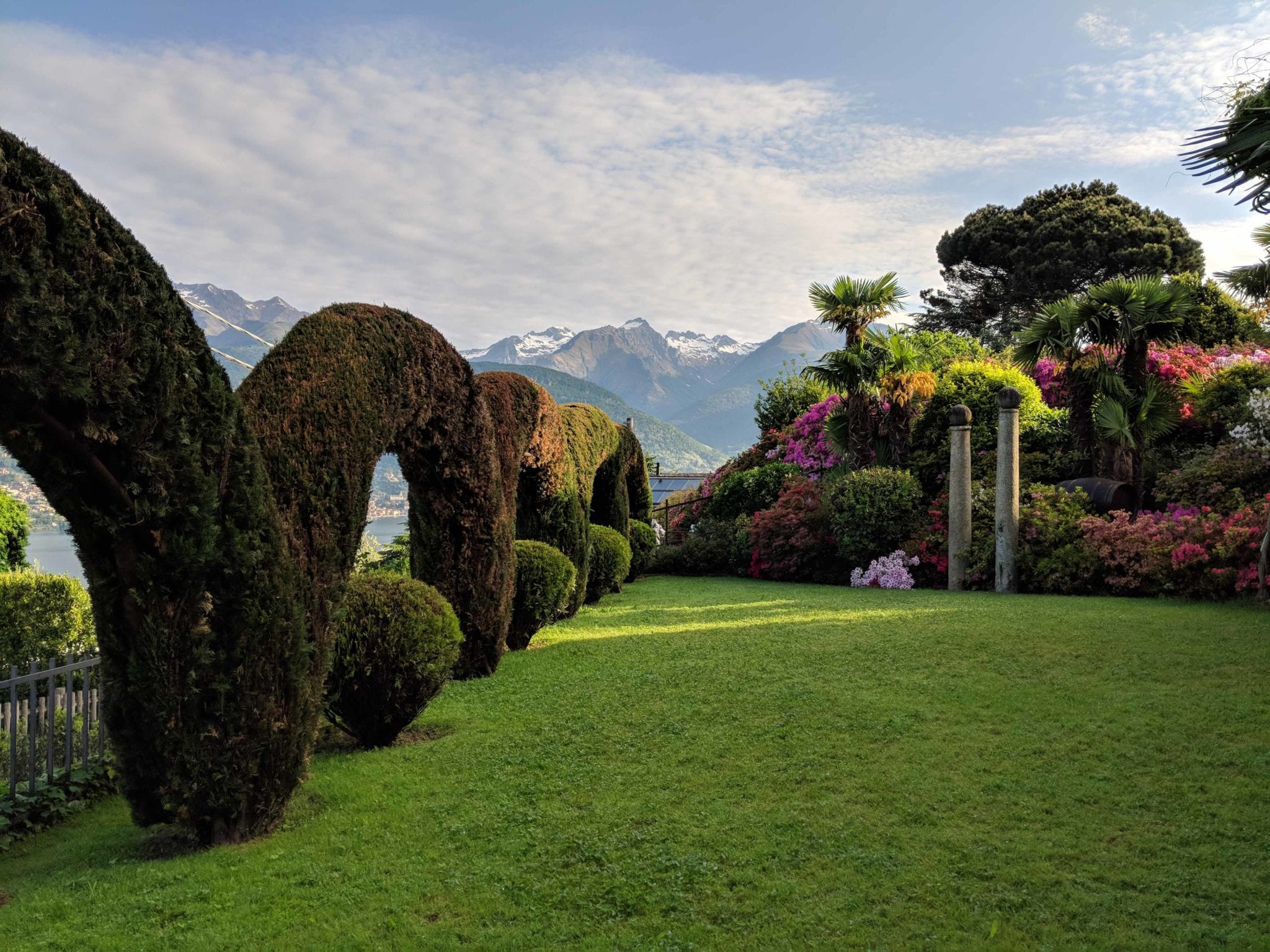

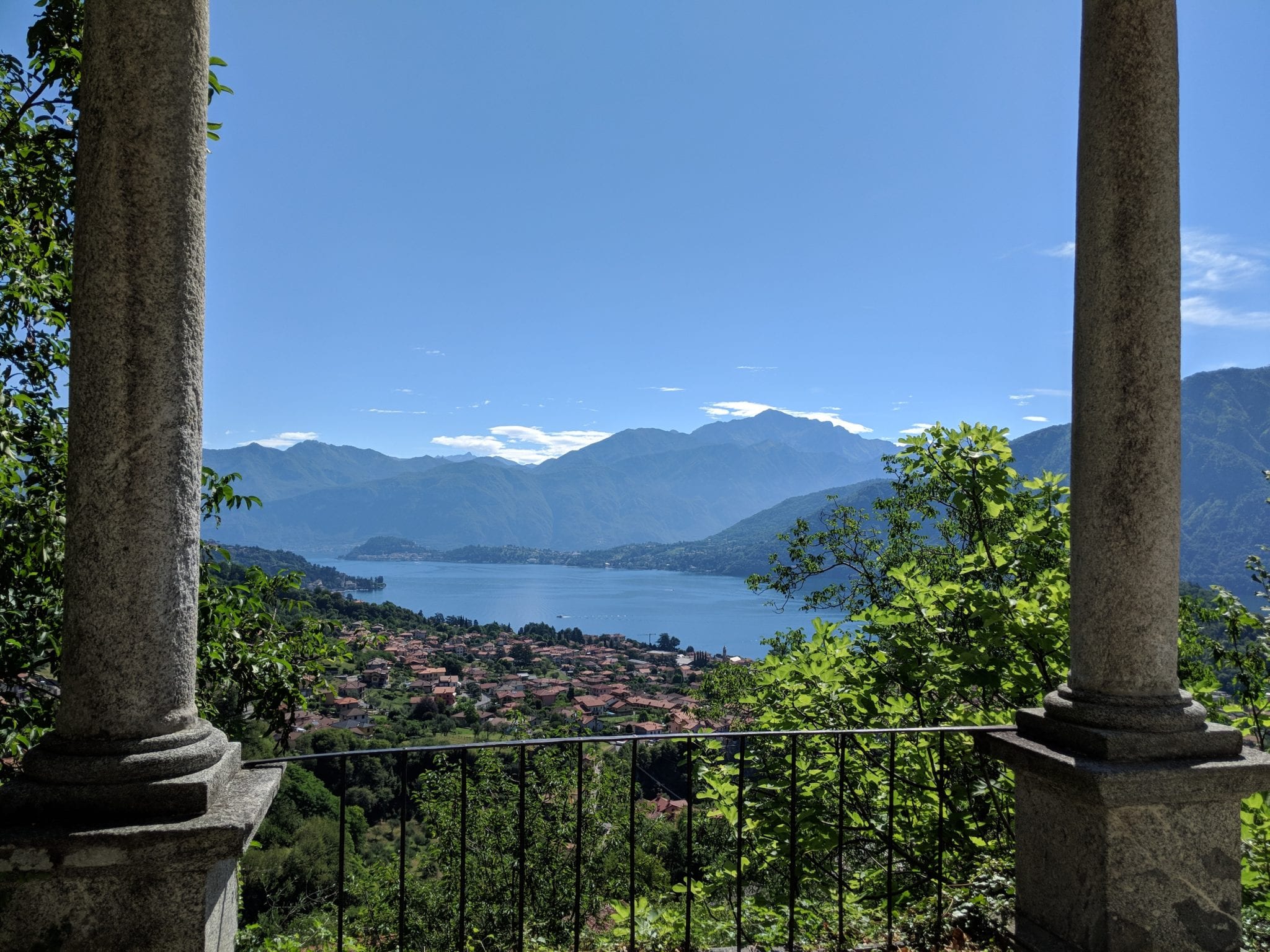
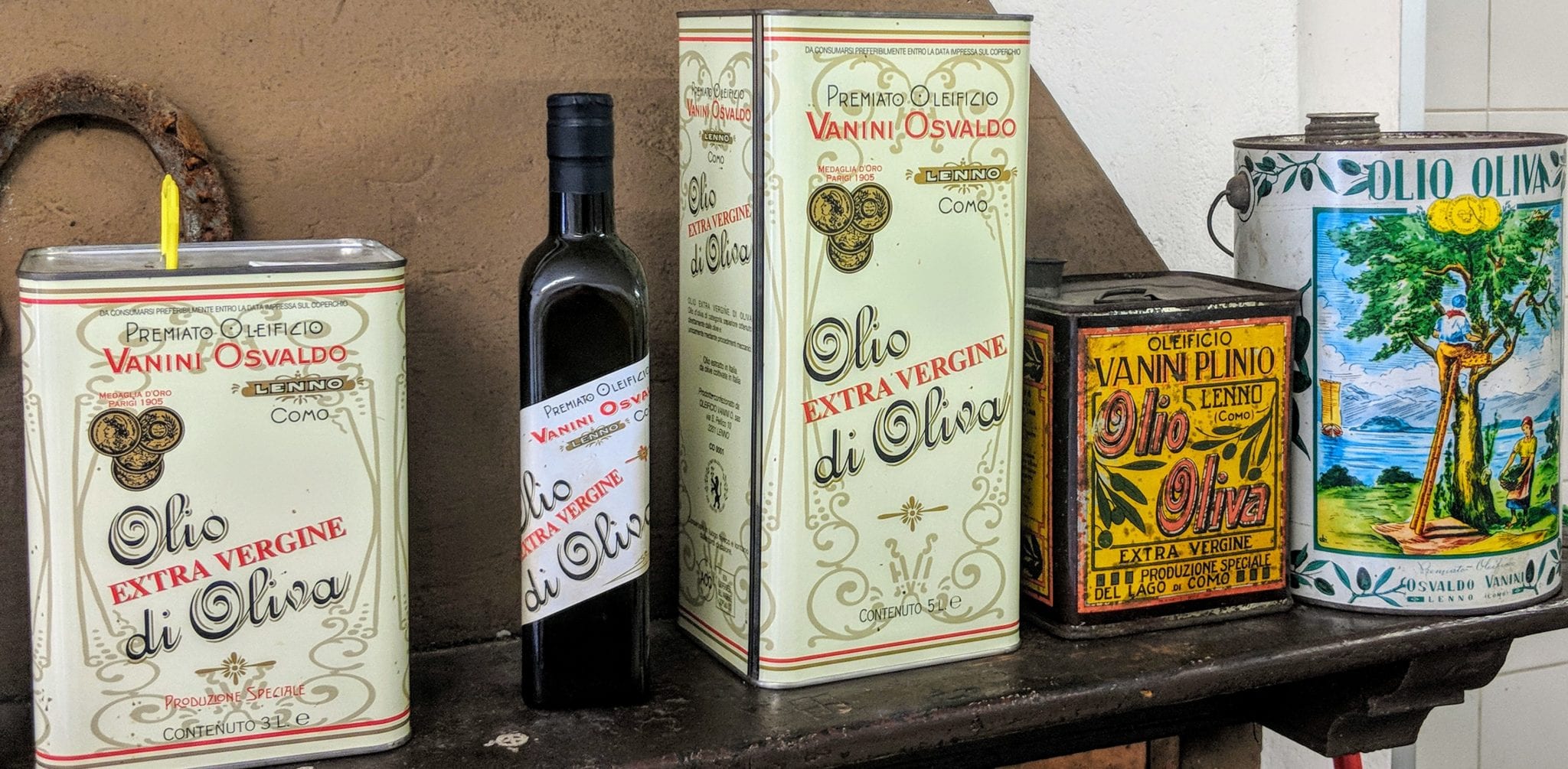

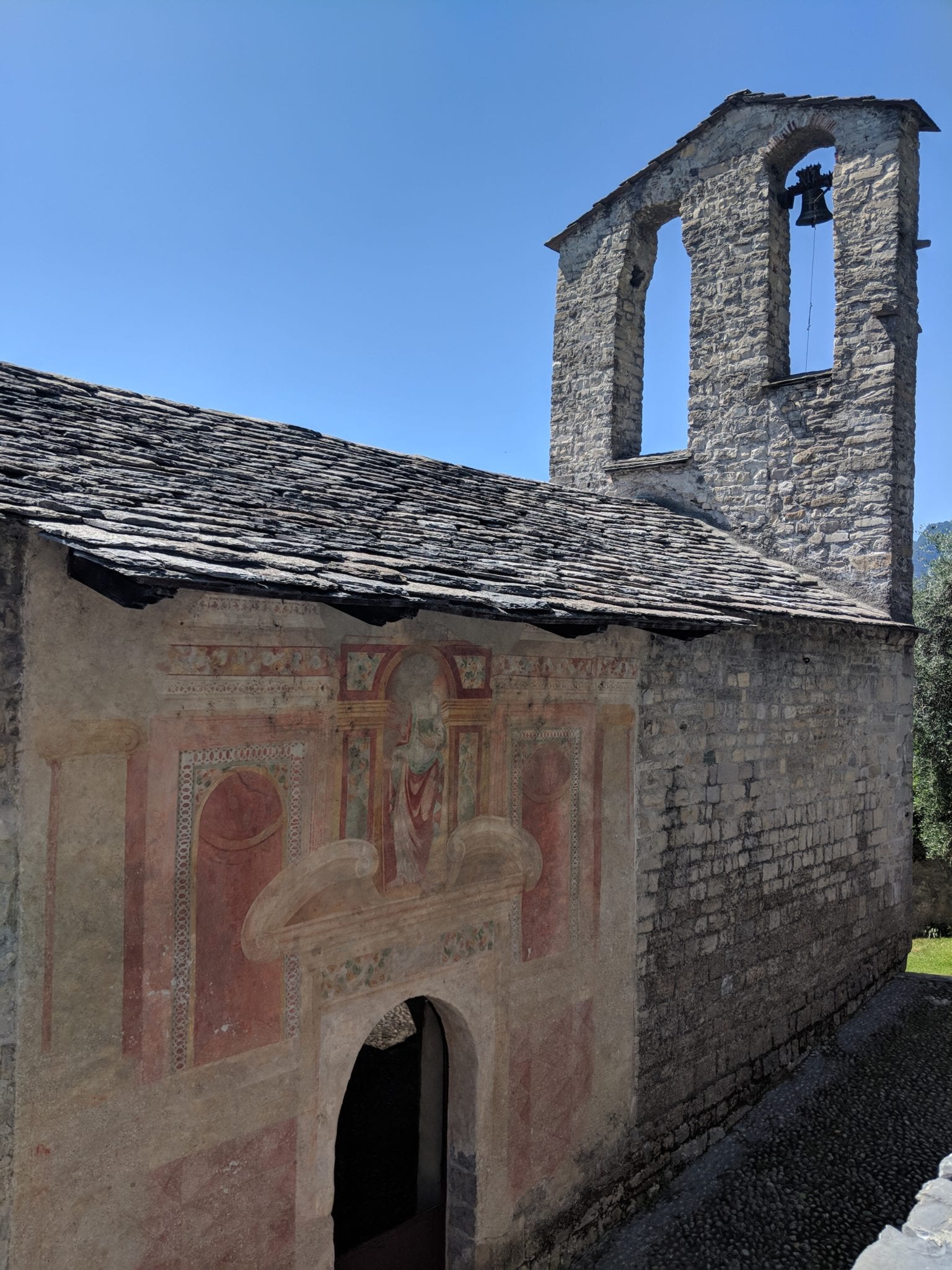


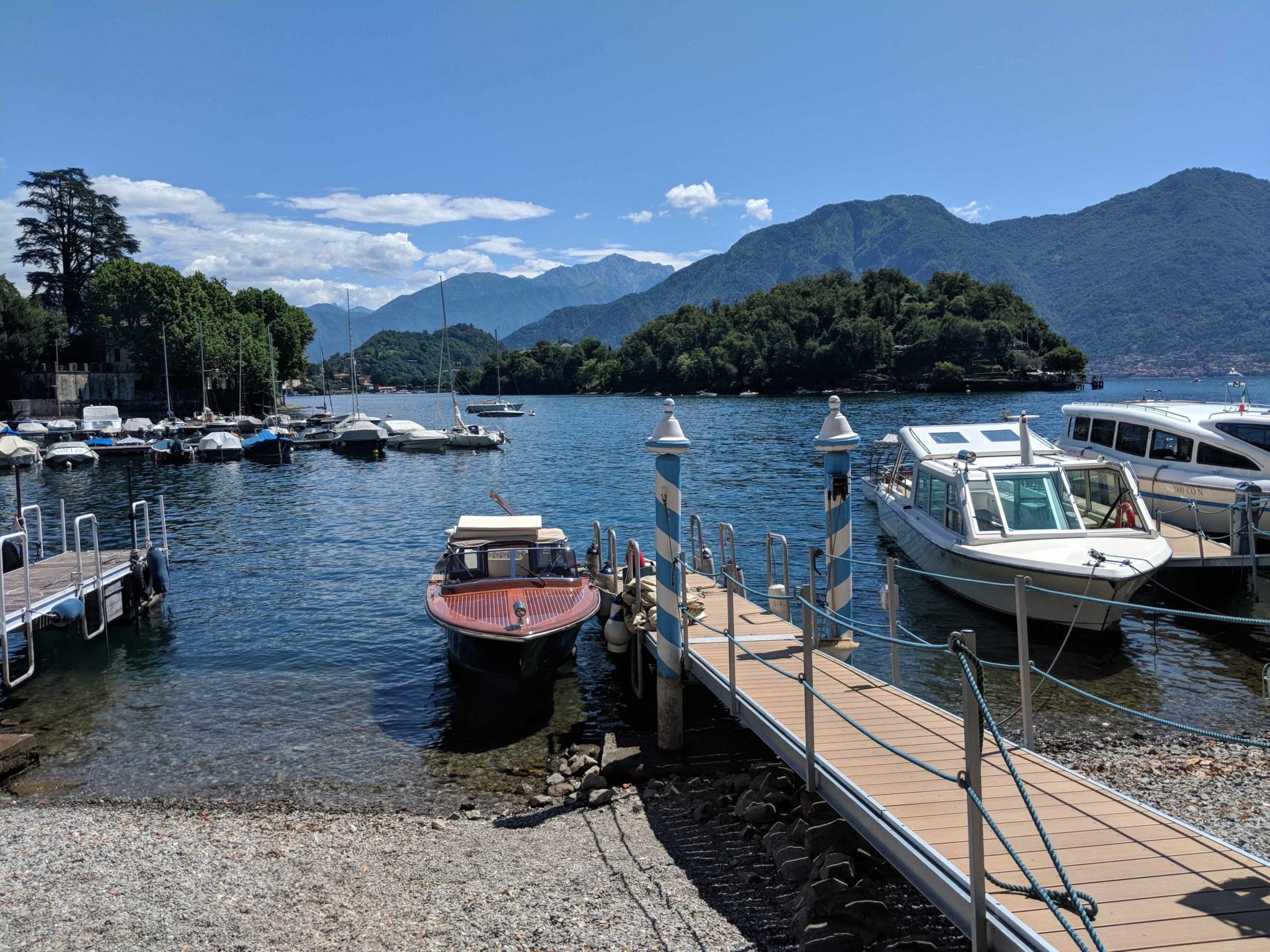

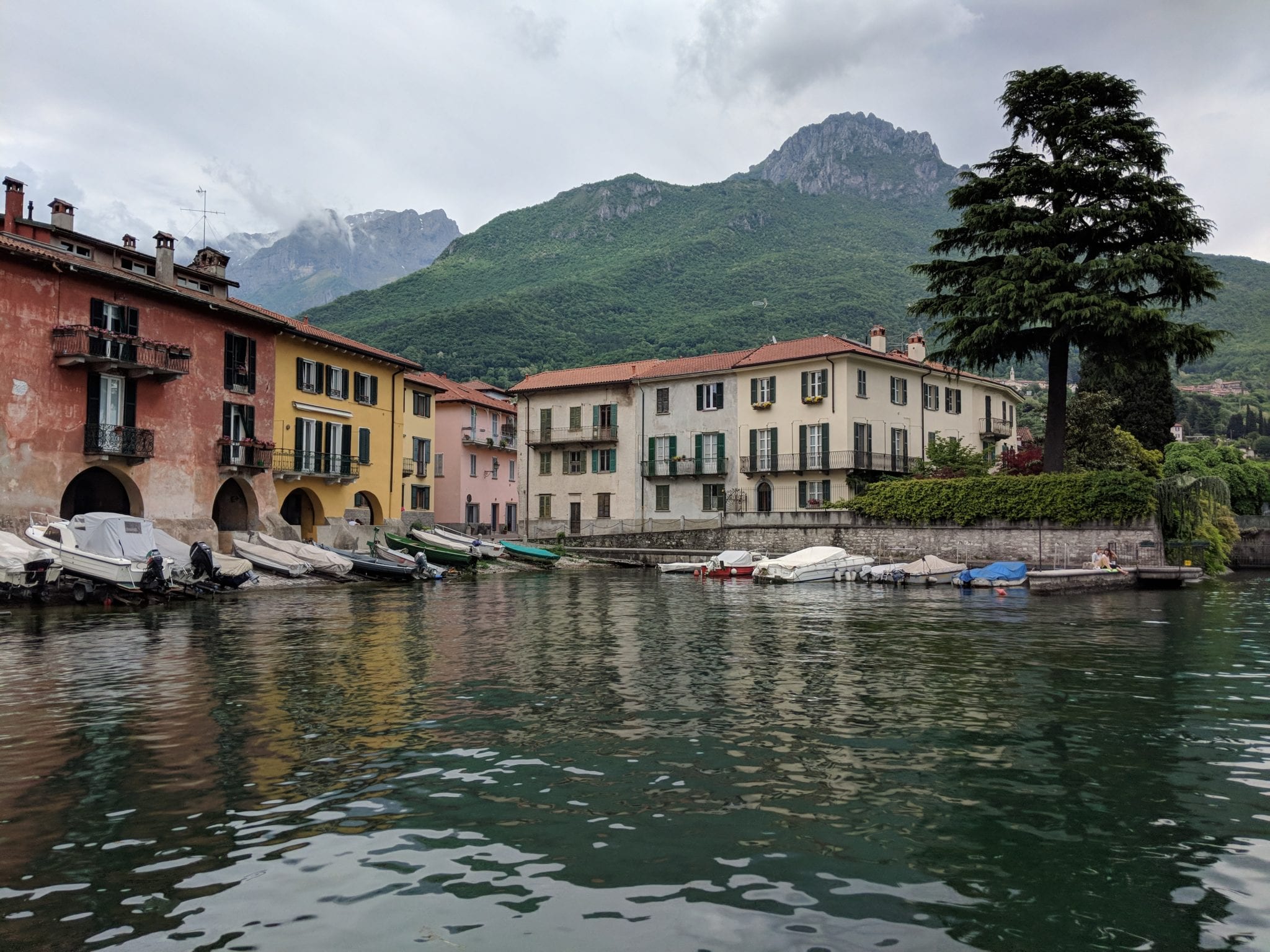
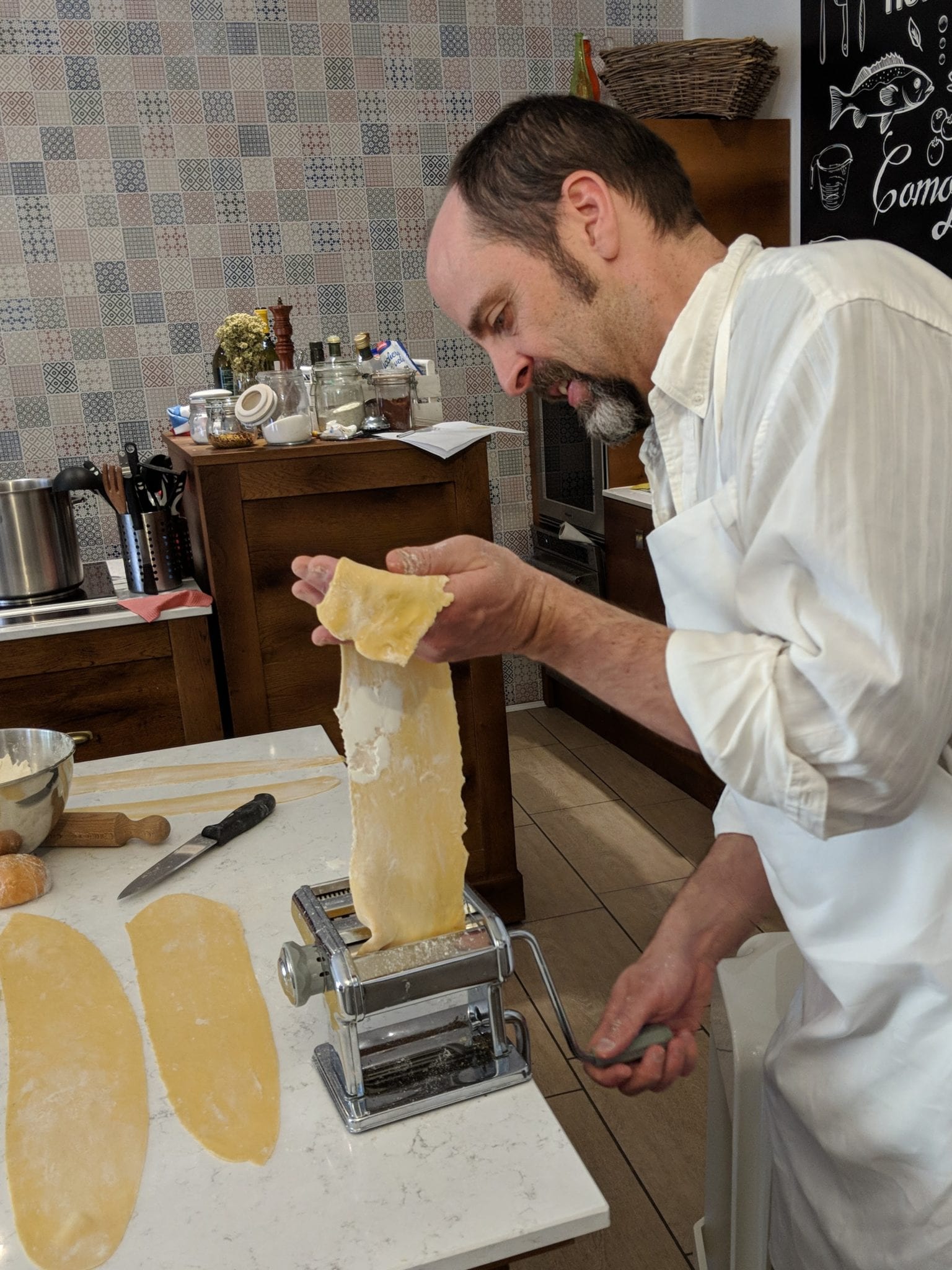
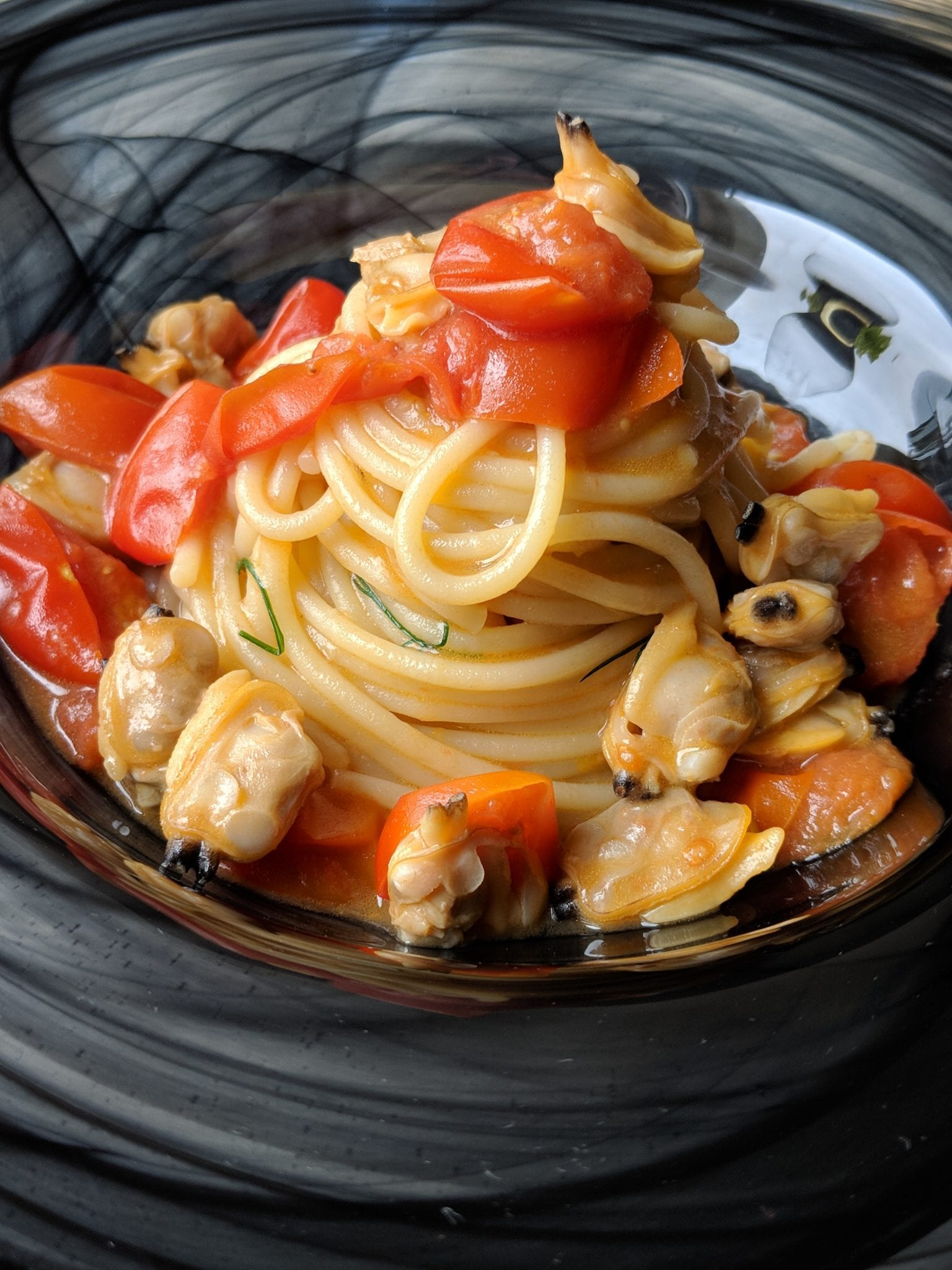

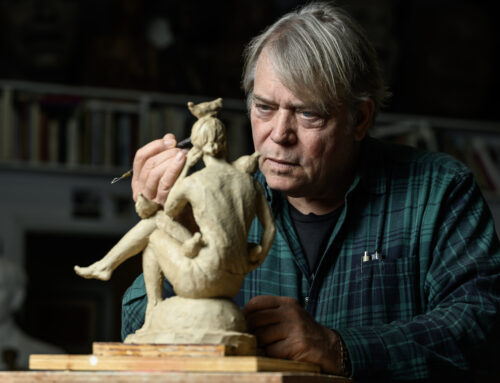
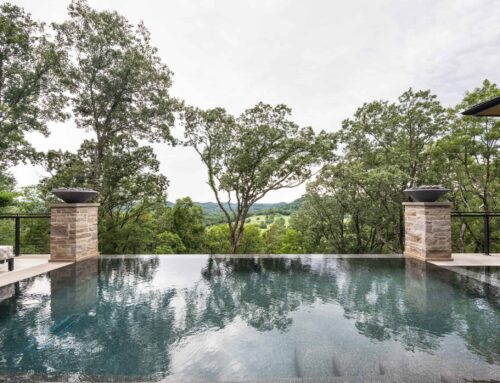
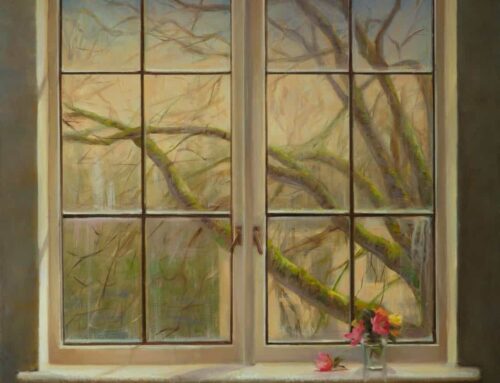


Leave A Comment
You must be logged in to post a comment.